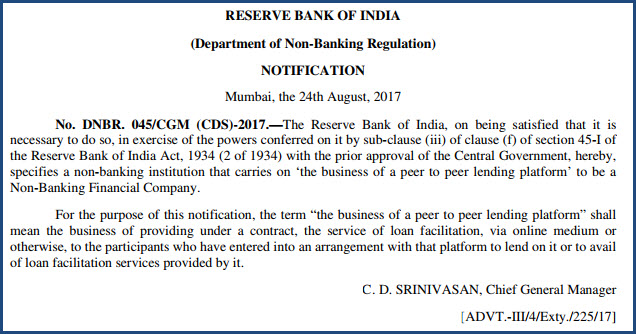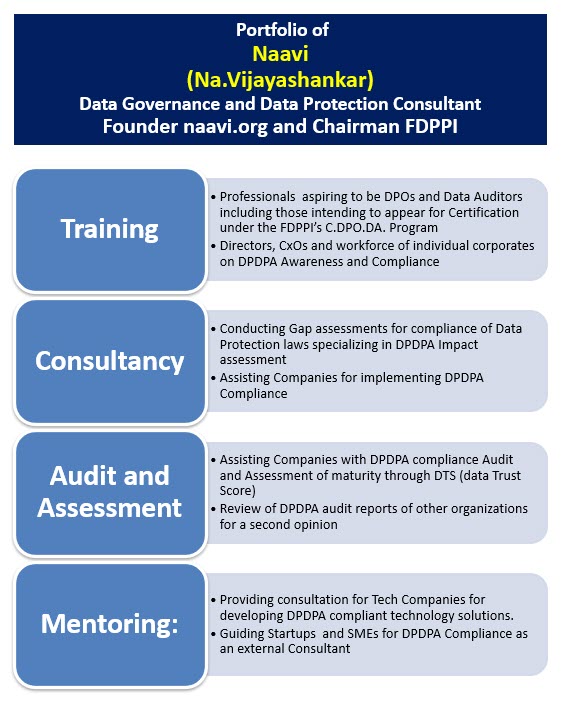This is in continuation of the earlier article
The essence of the judgement in the case of Shapoorji Pallonji & Company Private Limited vs State of Maharashtra in the disputed e-Tender rejection case is that
An e-tender cannot be denied acceptance of filing even if the process could not be completed or if it is delayed beyond the period of closure.
Though the instant case was that of a large contract involving the State and the application of one of the parties had been rejected reducing the competition from three to two bidders, the principle established in this case can have far-reaching impact on every other E Commerce transaction and hence there is a need to discuss the impact of this judgement in greater detail.
Also, in the instant case, the judgement has not made much of a change in the fortunes of the other parties as the process of selection of the tender party will continue and the final choice is based on many other factors. But in many other cases of E-Commerce one technical issue may decide whether the contract is either valid or not and there is no second chance to correct the error. Hence if the principle established here becomes a universal guideline there could be lot more repercussions to the E Commerce industry than what is apparent.
Technology is a “Tool” that enables a transaction to take place between two legal entities and the law (ITA 2000) recognizes this through Section 11 of ITA 2000.
However whether an intermediary tool used on the web is a tool used by the first party or the second party depends on the factors leading to the use of the tool for completing the transaction. This principle has been well established in law in the case of the intermediary message delivery agency like the Post Office which can be an agent of either the sender or the receiver depending on who between them engaged the services of the Post Office. Today when there is an alternative to the Postal authorities, most of the time it is the sender who choses either the Post office or a particular courier to deliver his message and hence the delivery agency becomes the agency of the sender.
Any omissions of the delivery agency in such a case therefore becomes the legal responsibility of the sender.
In the instant case, the e-Tender application belonged to the Government and hence we can say that the defects in the system becomes attributable to the Government. Whether it is to be attributed to the MHDA or NIC is a fact that needs to be determined from some additional information which is presently not with us. Probably MHDA has used the services of NIC and their contract will determine the inter-se responsibilities.
The reported technical glitch could have arisen out of any of the following reasons.
a) Technical glitch in the tender software owned by NIC and leased out to MHDA for which either of them could be responsible based on the contract
b) Networking service which could be the ISP of the sender or the ISP of the tender processing agency
c) Hosting service provider who hosted the tender related documents
d) The sender’s computer including hardware, OS software, Application Software such as a Java script or Adobe Flash etc., the Anti virus or security software working there in, the configuration of security features, etc
Has the Court determined whether the so called “Technical Glitch” arose out of only the Tender software?… it is not clear.
Has the Court examined the configuration of the computer of the user before arriving at the conclusion that mistake must be with the Government end?…. it is not clear.
The Court has taken note that after the uploading of the documents, there was a process called “Freeze Bid” which involved the need for the party to receive an “Acknowledgement”. According to the petitioner’s contention, this Acknowledgement was not received but they were able to provide a “Screen Shot” to demonstrate that the bid documents were “Uploaded”.
It is not clear if this “Screen Shot” produced by the petitioner in his own cause was “Section 65B certified.
The bidder paid the EMD in the form of a Bank Guarantee (Not known when this was submitted).
However, the respondent appears to have produced records to show that the portal recorded the transaction as an “Invalid Bid” and the tender document was not found in the place where it was meant to be.
According to the evidence it was stated that there was a “Failure” of the petitioner in “Not Clicking the Freeze Bid Button” and this was mandatory.
In defense the petitioner has argued that “…Even if the Freeze Bid button was not clicked, the uploaded document is stored on NIC’s server or associated file server or network attached storage or storage area network or within the data base.”
It was like a tender document that had to be put in a tender box was thrown into the premises some where but not put inside the tender box. Hence the tender committee could not take it into account.
The argument that it was inside the premises of MHDA (some where in the server) and the cover was unopened (encrypted) etc are arguments which donot have legal sanctity. The Court appears to have therefore seriously erred on this account.
If there is a process for submitting a tender and the contract is complete only when all the aspects are fulfilled, the Court had no right to arbitrarily come to the conclusion that it is enough if the document is uploaded and it was not necessary to “Commit” the document by clicking on the Freeze Bid button.
The Freeze Bid button/process is a mechanism that provides an option to the person submitting the tender not to complete the process even after the uploading of the document so that he can abandon his upload and resubmit his documents again and then click on the Freeze-bid button.
If the petitioner had wanted to change an uploaded document and at that time MHDA had raised the argument that the upload completes the process, the same petitioner would have argued that the process was incomplete and hence it should be given an opportunity to re-submit the document.
I therefore consider that the decision of the Court was not found on proper understanding of the system and it failed to address the need to debate on why the “Freeze Bid Button” was a critical process of tender submission and no matter what was the reason, not getting an acknowledgement was a failure of the submission of the tender document properly.
The Court has also ignored the provisions of ITA 2000, Section 12 which clearly mentions that when an “Acknowledgement” is a stipulated part of completion of a contract, non receipt of the acknowledgement was a clear reason to treat the contract as invalid.
The Court appears to have failed to follow the law in this regard.
Further if the submission was delayed even by just 2 minutes after the closure of the tender, it is a matter that cannot be condoned by the Court. If so, Court can manage the tender process by itself without the administrator in between. This appears to be a case of judicial over reach.
While we are not much concerned about this one decision where one Shapoorji Pallonji & Company Private Limited, got a second chance to make a bid for a huge Government project, we are concerned with the impact that this decision leaves on other E Commerce transactions.
Technical Glitches are not completely avoidable whether it is in a Mobile Wallet system or a E Banking system or any other electronic transaction. When systems are built, several layers of transaction confirmation is built and extensive testing undertaken to take care of the possibilities of technical problems that may arise. Since web platforms always have a problem that they have to remain compatible with a variety of user end systems operating on multifarious hardware, OS and software platforms, it is impossible to create systems that are 100% foolproof. Hence an E-Transaction cannot be treated as legally complete under the discretion of a Court and not on the system records.
Tomorrow somebody may buy a property on 99acres.com and later challenge it to the judgement of the Court as to whether the purchase was out of technical glitch or not. Somebody may enter into a transaction on Quikr and later claim that it was a technical glitch. There was a Bank of Maharashtra UPI fraud involving a technical glitch. Now there is perhaps another incident of a Rs 19 crore fraud in MobiKwick which also could be a technical glitch.
Can the Court stand in judgement of every such transaction? Or will the Court discriminate that only of the contract value is 100,000 crores, they will step in or otherwise no?
Before setting a precedence to over rule what is specified in law the Court should have considered the impact that its decision leaves on the industry. The Court should not have ruled that an Incomplete process can be considered as “complete” even on an “Exception” basis.
This will set up a bad precedent and cause more problems than what it has set out to correct.
By poking its nose in interpreting the “Technical Glitch” aspect, the Court has tried to re-define the concept of “Reasonable Security Practice” which will now require to follow the principle that “Human Spirits should prevail over technology”. This will adversely affect many technology concepts such as Facebook, Twitter, WhatsApp etc.
Given the ingenuity of Cyber Criminals, they can make every transaction look like a technical glitch if they want and Courts will be scratching their heads on understanding the difference between failure of a contract through technical glitch and failure due to a deliberate tweaking of the system. I am sure that it is child’s play to get the tender documents uploaded without an acknowledgement generation in every tender process. Then the sanctity of the “Freeze Bid” process as the final confirmation is defeated.
Similarly, when there is a “Terms and Condition” or “Privacy Policy” that needs to be “Consented” to with the clicking of an “I Accept Button”, some body may claim, even without clicking the button, the transaction is deemed as “Clicked” because the Mumbai High Court has the discretion to declare so.
It is field day for litigants because “Technical Glitch” can be a good excuse for challenging any E Commerce Transaction.
Considering the overwhelming adverse impact that this decision will leave, I wish that the decision is challenged since it violates the principles of Section 12 of ITA 2000… if there is still time.
The better view for the Court to take is that
“The technology supplier shall use “Reasonable Security Practices” to ensure that technical errors are minimized though it may not be completely eliminated. Any loss caused to the users on account of inefficeint, inadequately tested products that fail to meet the “Reasonable Security Practice” standards should be covered out of “Cyber Insurance” or through “Claim of damages” in a separate suit rather than regularizing a transaction which failed.
Naavi
Copy of the judgement is available here
Also see:
The e-tendering issues in Maharashtra.. “Uploading” is not the same as “submitting” the tender
The Pandora’s box of Technical Glitches opened….The e-tender judgement in Maharashtra…1










